Posts
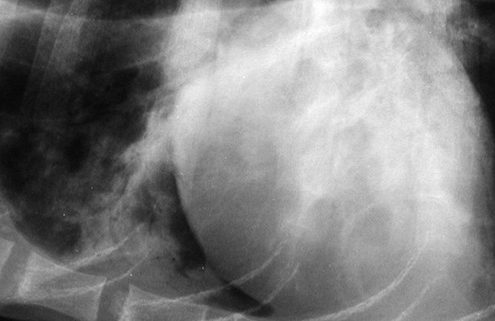
It's getting harder and harder to breathe: How I treat pneumonia
Bacterial pneumonia is fairly common in vet med. This post provides an in-depth discussion of diagnosis and treatment.
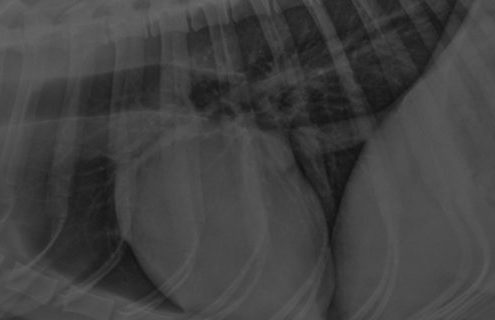
Myths in clinical cardiology
Much of our education has been taught as dogma. This post reviews a list of common clinical myths involving cardiac disease with little evidence to support their validity.
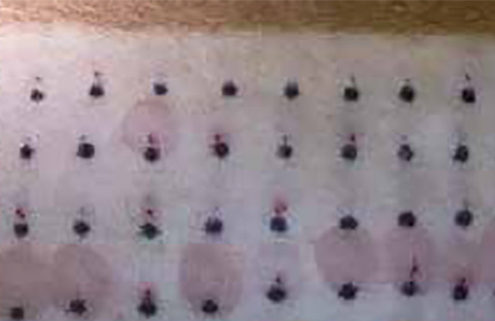
Factors to consider prior to pursuing allergen-specific immunotherapy in canines
Allergen-specific immunotherapy (ASIT) is the only therapy that has the potential to change the immunologic response to allergens.

Whiskey in the water: How to smooth anesthesia with the right pre-meds
Premedication is the basis of a sound anesthesia plan or menu. Every premedication is composed of: tranquilizer and opioid, combinations of which

Perioperative hypoxemia - What do I do?
Appropriate arterial levels of oxygen are important for maintaining normal tissue oxygenation and therefore normal cellular metabolism and overall cellular function.
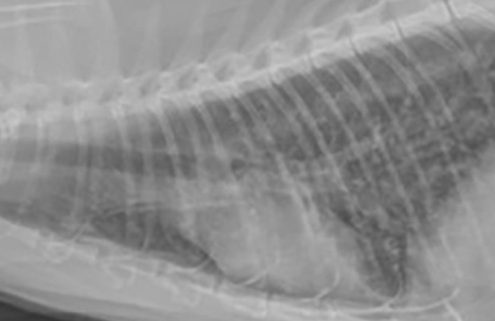
Imaging diagnosis of common gastrointestinal and respiratory emergencies
Interpretation of radiographs, or any additional diagnostic imaging studies, should be performed in a systematic manner to ensure evaluation of all structures and consideration of all possible diagnoses.

Dexmedetomidine use in small animal surgery
Use of dexmedetomidine in an anesthesia protocol can be nerve-racking at first, but with time you'll come to appreciate its use in balanced anesthesia.

No pain-true gain?
Half of all veterinary patients present emergently in pain, especially dogs presenting with orthopedic or neurosurgical conditions, yet rapid and accurate identification and scoring of pain remains challenging.

Lifelong care
The objective of the Lifelong Care initiative is to support pet, pet owner, and veterinary practice wellness.

Inflammation: It's a pain when things blow up!
Though there are many types of pain that exist in our patients, all of those who present for a procedure where pain needs to be treated should be assessed for the presence and/or potential for inflammatory pain!
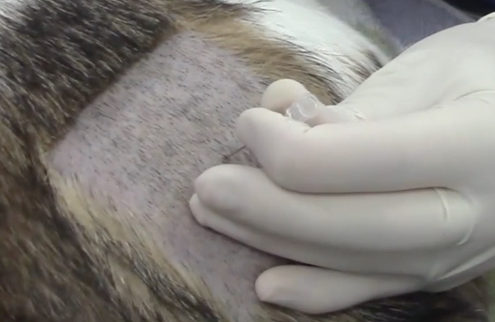
Do local blocks and epidurals strike a nerve in your practice?
Locoregional nerve blockade provides pain control and comfort, lowered inhalant concentrations, difficult tissue handling, and reduced postop inflammation.

Clinical communication skills in veterinary practice
This blog post will focus will be on relationship-centered communication, rather than a paternalistic approach.

Cranky kitties: Diagnosis and management of feline osteoarthritis
Canine osteoarthritis (OA) is a well characterized chronic disease, but he same cannot be said for feline osteoarthritis. This article discusses what we currently know about feline OA.
